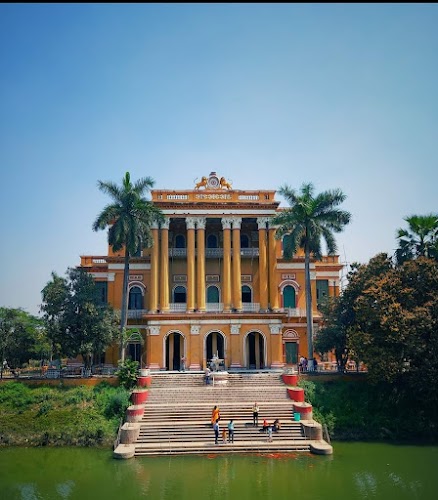
Discover Incredible Places in Murshidabad
Explore our handpicked collection of breathtaking destinations across India

Nizamat Imambara
The Nizamat Imambara in Murshidabad is a magnificent Shia Muslim congregation hall. Standing proudly on the banks of the Hooghly River, it's the largest Imambara in India and a testament to the grandeur of the Nawabs of Bengal. The structure boasts impressive architecture, featuring a long rectangular hall with a silver-plated pulpit and intricate decorations. The Imambara is used primarily during Muharram, when it is elaborately decorated and attracts a large number of devotees and tourists alike. Its sheer scale and the serene atmosphere make it a must-visit destination for anyone interested in history, architecture, and religious traditions. Photography is allowed inside, allowing visitors to capture the beauty of this historical monument. The surrounding gardens offer a peaceful retreat from the bustling city.
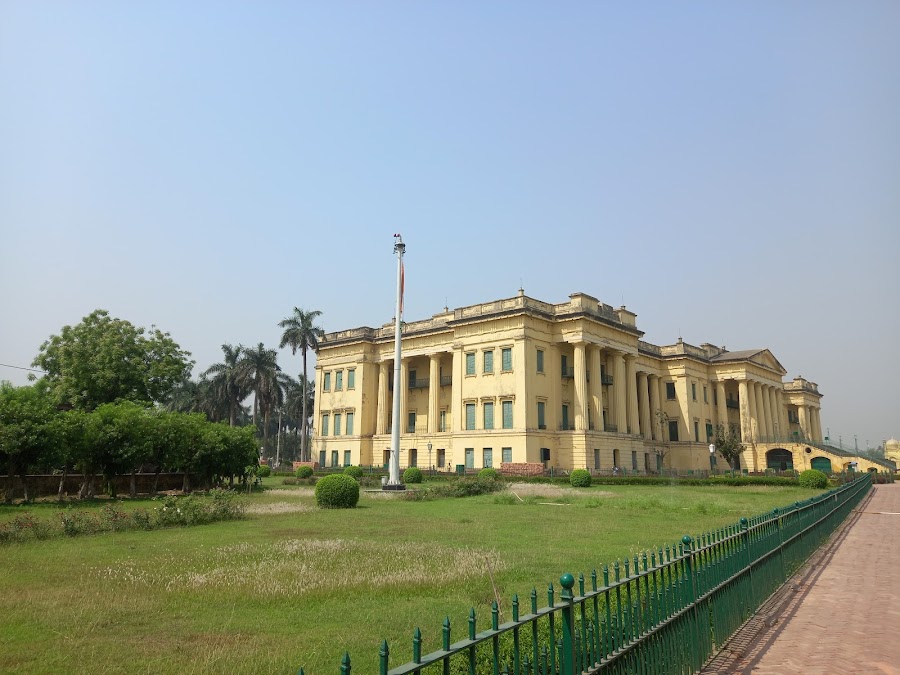
Hazarduari Palace
Hazarduari Palace, also known as the Palace with a Thousand Doors, is a magnificent structure and a major tourist attraction in Murshidabad. Built in the 19th century, it stands as a testament to the Nawabi era and the opulence of the region's past. The palace houses a museum with a vast collection of artifacts, including weapons, paintings, porcelain, and manuscripts, offering a glimpse into the lives of the Nawabs. Its architecture is a blend of Italian and British styles, featuring grand staircases, sprawling gardens, and numerous decorative elements. The palace's 1000 doors, of which only 900 are real, create an illusion of complexity and grandeur. Visiting Hazarduari Palace is like stepping back in time to experience the rich history and culture of Murshidabad.
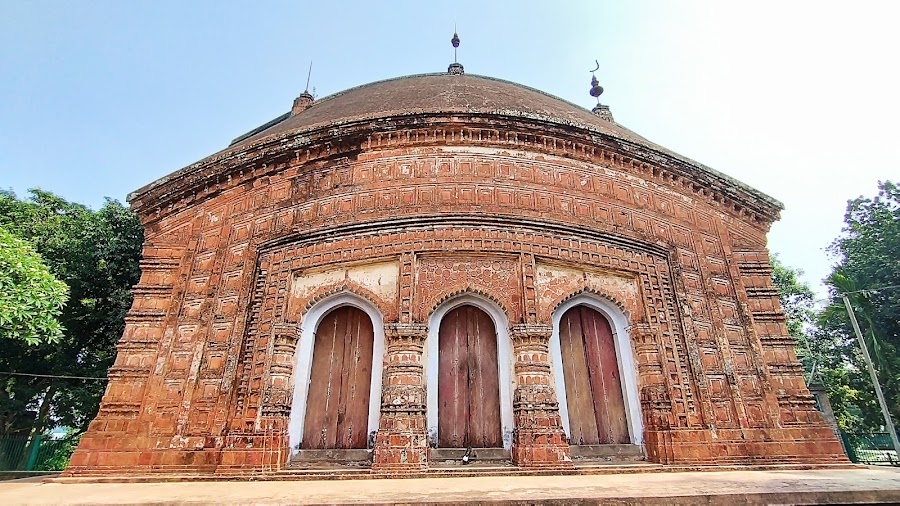
Char Bangla Temples (Bara Shib Mandir)
The Char Bangla Temples, also known as the Bara Shib Mandir, are a captivating group of four identical Shiva temples located in Baranagar, Murshidabad. Built in the 18th century, these temples showcase exquisite terracotta artwork depicting scenes from the Ramayana, Mahabharata, and various aspects of daily life. The intricate carvings and the uniformity of the temple structures are a visual treat, offering a glimpse into the rich artistic heritage of Bengal. The temples are a testament to the patronage of Rani Bhabani, a prominent figure in the region's history. Visiting these temples is like stepping back in time, allowing you to appreciate the architectural brilliance and the cultural significance of the era. The serene atmosphere surrounding the temples adds to the overall experience, making it a must-visit destination for history buffs and art enthusiasts alike.

Kiriteswari Temple
Kiriteswari Temple, also known as Kiritkona Temple, is a significant Hindu shrine located in Murshidabad, West Bengal. Dedicated to Goddess Kiriteswari, believed to be an incarnation of Goddess Sati, it stands as one of the 51 Shakti Peethas. The temple's serene ambiance and unique rituals attract devotees and tourists alike. The current structure, though renovated over time, retains its spiritual essence and architectural charm. The temple complex also houses smaller shrines and a sacred pond, adding to its overall appeal as a place of religious and cultural importance. Visitors can experience the rich heritage and devotion associated with this ancient site.
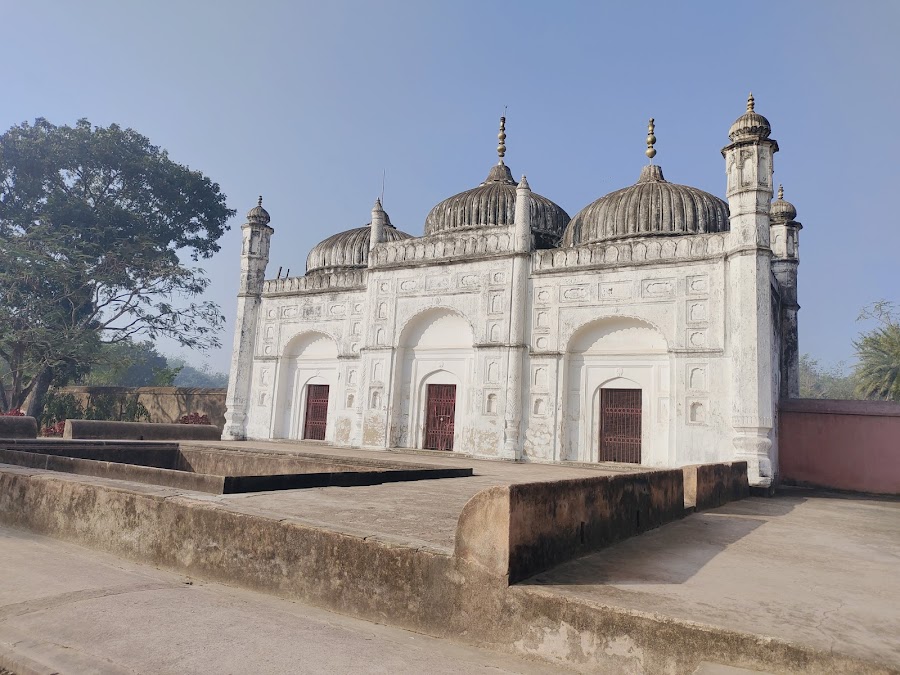
Khosh Bagh
Khosh Bagh, meaning 'Garden of Happiness,' is a serene and historically significant cemetery complex located in Murshidabad. It houses the tombs of the Nawabs of Bengal, including Alivardi Khan and Siraj-ud-Daulah, along with their family members. The sprawling gardens offer a peaceful escape from the bustling city, allowing visitors to reflect on the rich history of the region. The architecture reflects a blend of Mughal and Bengali styles, with intricately designed tombs and mosques. The atmosphere is tranquil and provides a glimpse into the lives and legacies of the rulers who shaped Bengal's destiny. The site is well-maintained and offers a captivating experience for history enthusiasts and those seeking a moment of serenity.
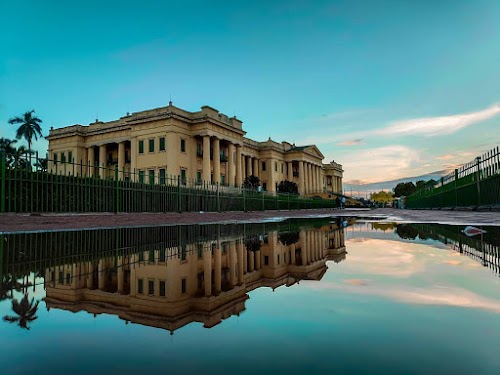
Lalbagh Botanical Garden
Lalbagh Botanical Garden in Murshidabad is a serene escape offering a refreshing experience amidst lush greenery. This well-maintained garden showcases a diverse collection of plants, trees, and flowers, creating a vibrant and tranquil atmosphere. Visitors can enjoy leisurely strolls along the winding pathways, relax by the picturesque water bodies, and admire the beauty of nature. The garden provides a welcome respite from the bustling city life, making it an ideal spot for families, nature enthusiasts, and anyone seeking a peaceful retreat. With its captivating landscapes and calming ambiance, Lalbagh Botanical Garden promises a memorable and rejuvenating experience.
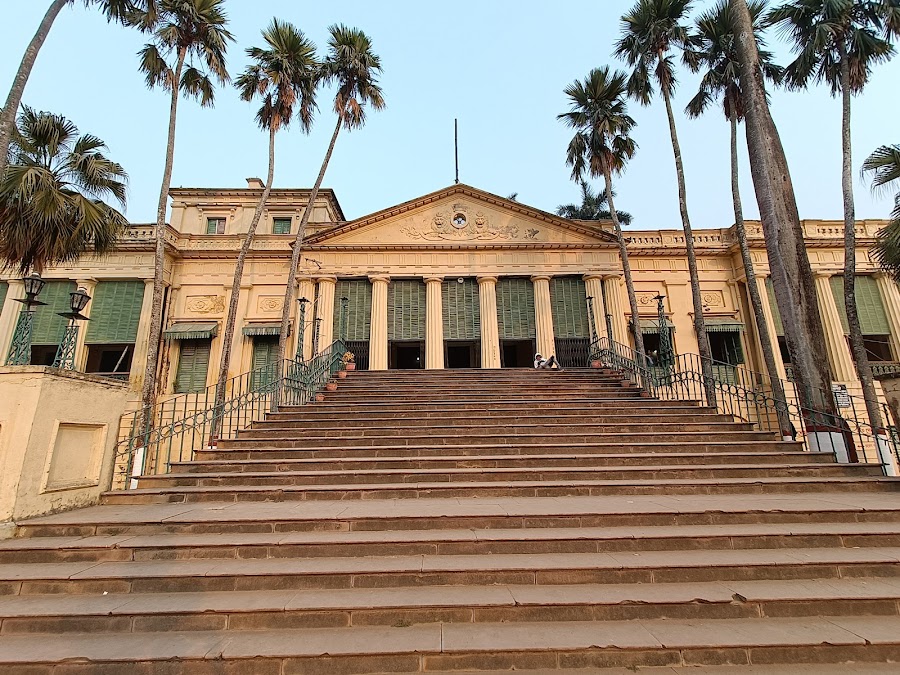
Nashipur Palace
Nashipur Palace, also known as the Nashipur Rajbari, is a magnificent historical edifice in Murshidabad, West Bengal. Though not as grand as Hazarduari Palace, it offers a glimpse into the opulent lifestyle of the Nashipur royal family. The palace boasts impressive architecture, showcasing a blend of European and Indian styles. Visitors can explore the remnants of the once-thriving zamindari, including the Lakshmi Narayan Temple, a significant religious site within the complex. The palace provides a serene atmosphere, allowing tourists to immerse themselves in the rich history and cultural heritage of Murshidabad. Photography enthusiasts will find ample opportunities to capture the palace's intricate details and the surrounding landscape. It's a must-visit for history buffs and those seeking to experience the regal past of Bengal.
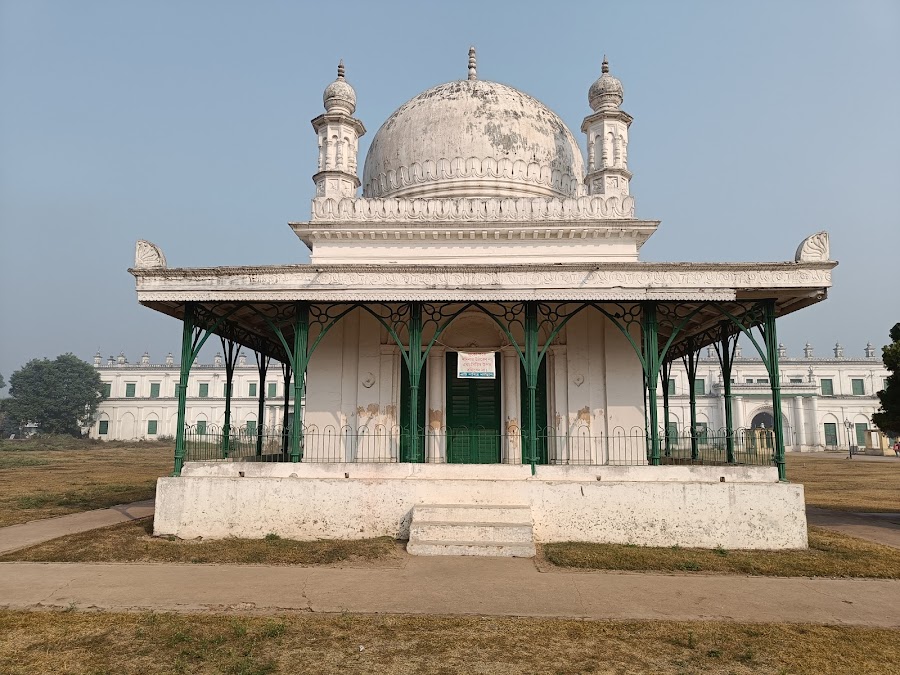
Medina Masjid
The Medina Masjid in Murshidabad is a significant religious and historical site, attracting tourists and devotees alike. Its simple yet elegant architecture reflects a blend of Mughal and local styles. The mosque provides a serene atmosphere for prayer and contemplation. Visitors can admire the intricate details of the structure, including its domes, minarets, and the surrounding gardens. It stands as a testament to the rich cultural heritage of Murshidabad, offering a glimpse into the region's past. The mosque is well-maintained and accessible, making it a worthwhile stop for those exploring the historical landmarks of the city. Photography is generally allowed, enabling visitors to capture the beauty of the mosque and its surroundings. Remember to dress modestly when visiting.

House of Jagat Seth
The House of Jagat Seth in Murshidabad stands as a silent testament to the immense wealth and influence wielded by the Jagat Seth family during the 18th century. Once the banking hub of India, this historical residence offers a glimpse into the opulent lifestyle and the significant role the family played in the political and economic landscape of Bengal. Though much of its grandeur has faded with time, the remaining structures and artifacts within the complex narrate tales of power, intrigue, and ultimately, betrayal. Visitors can explore the remnants of the treasury, the family's living quarters, and various other sections of the house, imagining the bustling activity that once filled these halls. The House of Jagat Seth is a must-visit for history enthusiasts seeking to understand the complexities of pre-colonial India and the events that shaped its destiny.